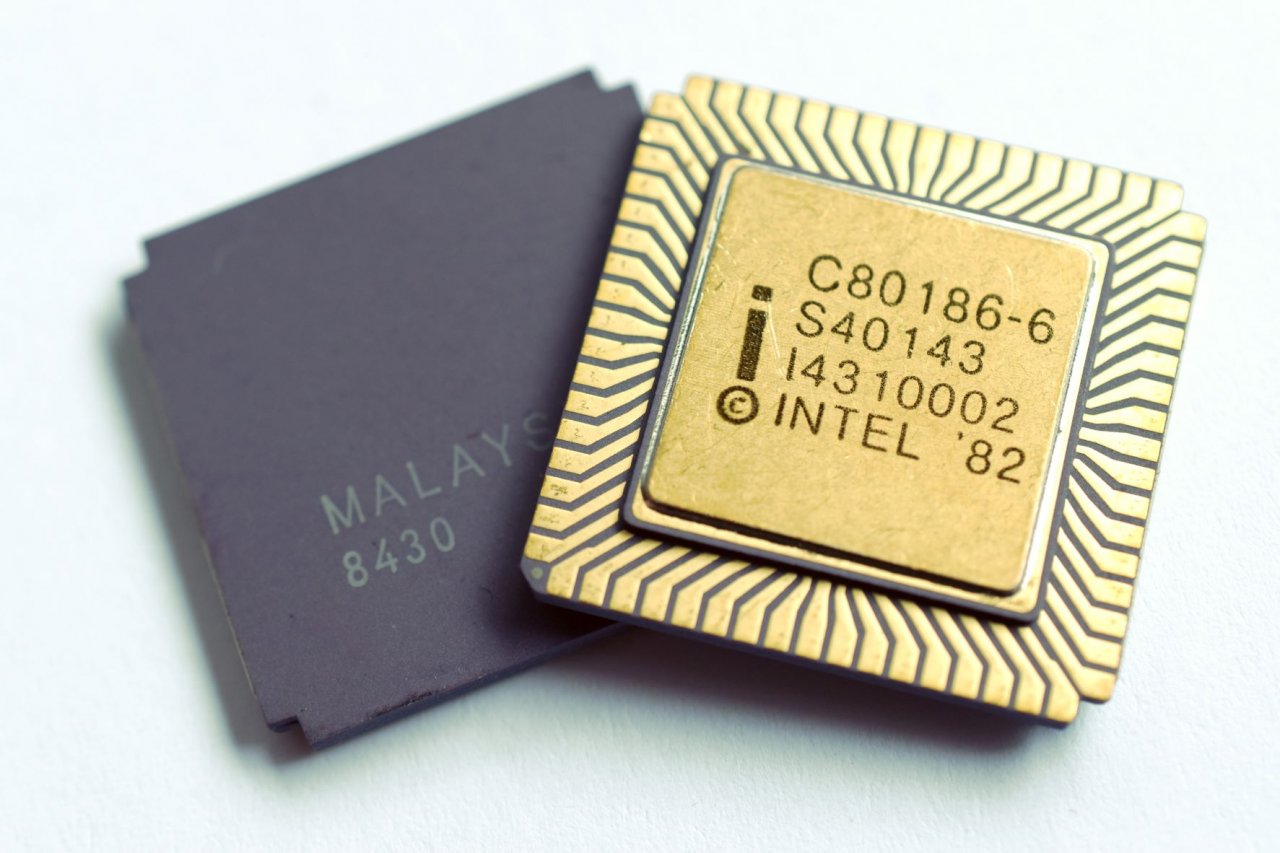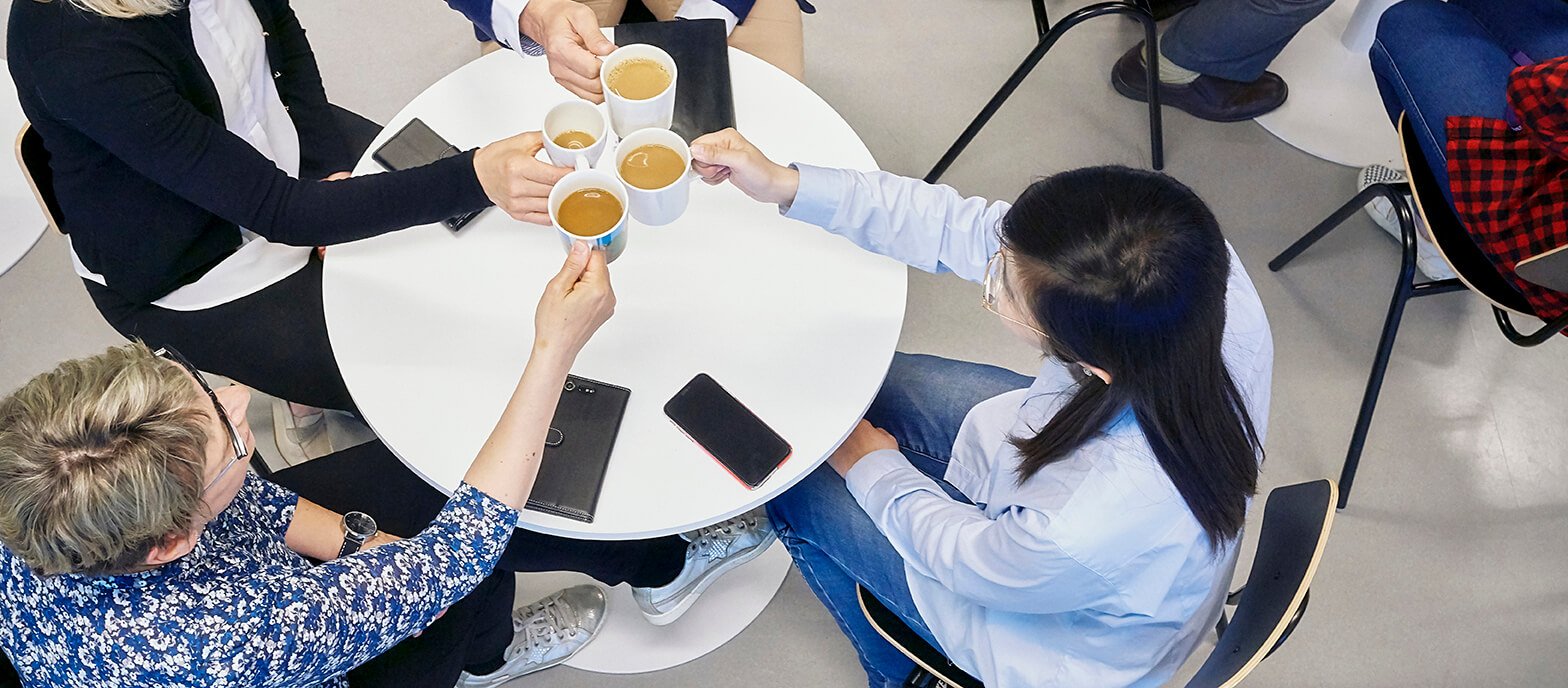
Figure: Intel C80186-6 processor. Wikimedia Commons, Thomas Nguyen.
I have gradually emptied my office during the last months, bringing home relevant looking books, reports, papers, and other materials for which I have had several large shelves. According to my wife many of the mentioned are no more relevant, I have already archived their electronic versions, and some of them can be accessed through internet. She claims that I should understand this as a well-seasoned professor of digital business.
She is obviously right, as in most cases. However, when looking back to one’s career from the first of June 1982, there is a great number of inputs, actions and outputs. I indeed went on collecting and listing many items and archiving their remaining electronic instances already some time ago. For archiving the materials, I managed to obtain means to access my old CD disks and the smaller 3½ inch memory disks, but no more the larger 8 ja 5¼ inch disks that I still have around.
It is no point to go through my work history here, but perhaps I can reveal that during this summer I had an opportunity to pay a visit to Kitarakuja in Kannelmäki, Helsinki, where I used to live when carrying out my first professional duties in the field. I was a software designer for the MikroMikko2 personal computer and a Master’s thesis student at Nokia’s Kutomotie 16-18 site in 1982-1983. The facility is now called Kutomo Business Park. It gave a very good kick to my later ICT and digital endeavors at VTT, in the industry and at the university. Moreover, after two weeks or so from earning my Master’s degree, I married my wife. She should in my opinion remember this, when considering the relevance of the past matters.
I have left my post as the director of the institute at the end of September and will be retiring – although hopefully continuing as an emeritus for a while, by the end of November. Rather than just looking back it is however better to think forward. In short, the digital future looks still very promising. I do not think as much of growth as openness. It is rather clear that way more has become and continues becoming open and transparent in the digital world than closed and opaque. This has its negative effects, too, but it has caused a great positive, almost paradigmatic, change. It is no more necessary, wise, and even possible to hide how digitally enabled matters, be they products, services or mere data, are created and evolve.
In the Kutomotie 16-18 premises at the beginning of the eighties things related to the Intel 80186 processor and other pieces of hardware, the iRMX86 real-time operating system, Nokia’s own system software, and interfaces to Microsoft’s MS-DOS kernel were hidden to many. The same held for Nokia’s firmware-level Ada-compatible MPS-10 super-minicomputer, for which I wrote software, too. However, I got by a chance a glimpse of Bill Gates himself during his site visit, when he passed next to my desk with Nokia’s top executives.
Now it is almost impossible or at least unnecessary to keep suppliers, customers, the so-called end-users, and other “external” parties away from digital developments. We have all become participants in the same intertwined digital data and actions, and in many cases the digital wheel is rotating counterclockwise compared to the past. This does not mean that professional people would have been or would be put aside, on the contrary, but it creates the need and opportunity for entirely new forms of joint venturing.
Regarding the understanding, creation and use of digital data, solutions, and businesses, it is evident that they must encompass many more stakeholders than such, who were developing artifacts, processes, and new businesses in Kutomotie, Helsinki, during the early digital days. How to build, make use and evolve these and which sort of business parks will be needed for them, is an interesting question. In these future Business Kitchens we should all be able not only to cook, but also to develop and try new recipes, and taste the offerings. Some, or perhaps many of us, will become the new era’s Bill Gates individuals, who can stop at many desks to say hello and discuss on how to collaborate.
All the best for our joint digital future!
Veikko Seppänen




